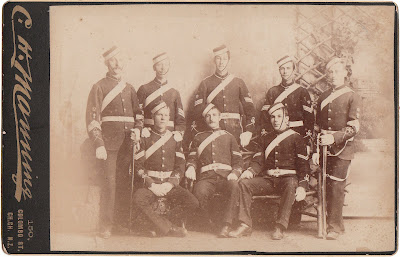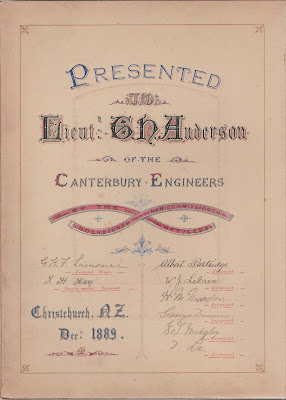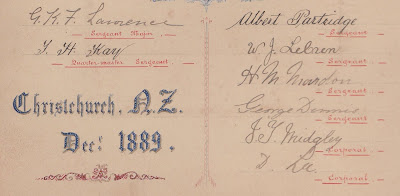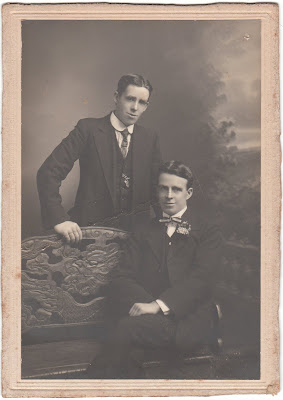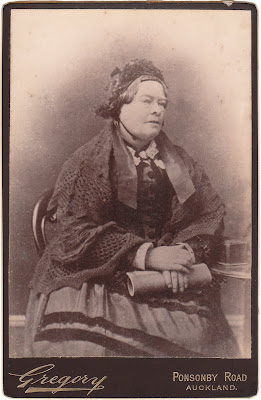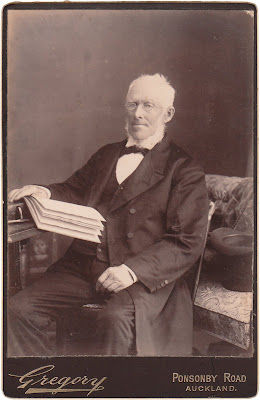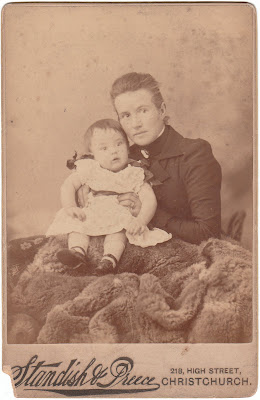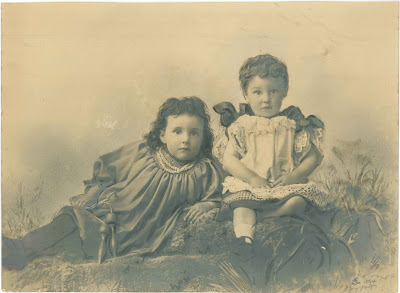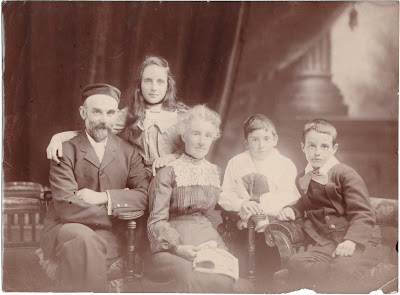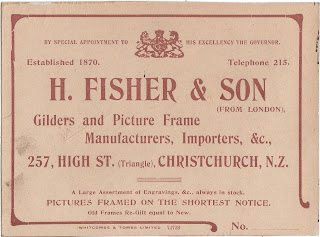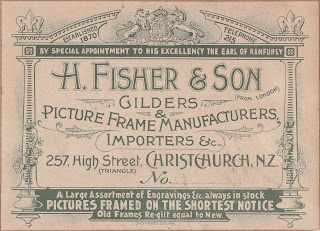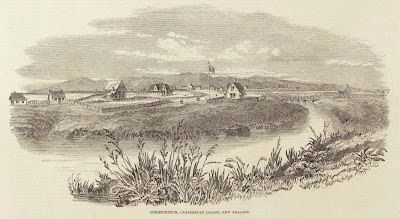 Illustrated London News (London, England), Saturday, April 09, 1853; pg. 268 and 269; Issue 616
Illustrated London News (London, England), Saturday, April 09, 1853; pg. 268 and 269; Issue 616The Sketch of Christchurch, the capital of the newly-found colony of Canterbury, was taken by one of the earliest settlers [Dr Alfred Charles Barker], who was a member of the party landed from the Charlotte Jane (the leading ship of the four which carried out the founders of the colony), on the 16th of December 1850.
At that time, the site of the future town was not even chosen. Although a general decision had been made that the future capital must be founded in some part of the vast plains to the north of Banks's Peninsula, it had been wisely left for the colonists themselves, upon their arrival, to make the final choice of its exact locality.
In the eleventh number of the Canterbury Papers, published for the Association, a view appeared of the great plains, with the "forty-mile Beach," as seen from the top of the hills around Port Lyttelton, in which the future site of the capital is indicated by smoke arising from the neighbouring farm of Riccarton, in the possession of the Messrs. Deans. The imaginary site has now been converted into a reality; and the above view exhibits the actual state of the town on the 4th of December, 1851, less than twelve months after the landing of the first colonists.
The river Avon flows through the centre of the town, bordered on the banks by bullrushes of enormous growth, and the tói-tói or tufted grass, which often grows to the height of eight feet, and is found in most moist places. Specimens of the flax-plant, also, with which New Zealand abounds, may be seen intermingled, in the foreground of the Sketch.
At the time, the only mode of transit across the river was by the foot bridge, which is here delineated; since that time, however, a wooden bridge, fit for the passage of horses, has been added in another part, and it is hoped that the town may not be long without a bridge of a more substantial nature. The stream is beautifully clear, and abounds with fish, though not in general so good for eating as those which may be found in large quantities in the sea, at four miles' distance.
The principal structure in the foreground of the picture is the land office, where all transactions respecting the sale and transfer of land are carried on; the flagstaff that is attached to it seems both to indicate the seat of local government, and also answers the purposes of a town clock; the time of day being indicated by the flag, which is hoisted when the sun-dial which is erected in the garden opposite has registered the hour of noon.
 above: The Land Office
above: The Land OfficeThe larger house to the left belongs to Mr. Brittan; and the less pretending one, still more to the left, called, from the hue of the walls, Blackwall-house, is occupied by Mr A. C. Barker, late surgeon-super-intendent of the Charlotte Jane. The building in the distance, to the right, above the wooden bridge, is the temporary church, also of wood.
The hills that bound the horizon separate Port Cooper from the plains; varying in height from 800 to 1600 feet, and dying out to the right of the picture, where the great Sunmer plains stretch to the southward, forming the southern portion of the Canterbury Block.
At the present time, however, the town of Christchurch is somewhat in advance of the state here depicted, as more houses have been built, and the population considerably increased by emigration; but it is to feared that the continual tide of population that has lately set in to the gold-producing colonies of Australia, must for a time at least retard the growth of this growing colony.
Should the reports be confirmed which have lately arrived, announcing that gold is discovered in New Zealand, it is more than probable that the Canterbury Settlement will have to go through the same fiery ordeal as the neighbouring colonies of Australia; and he must be gifted with far more than ordinary penetration who can foresee the effects of the discovery upon the fortunes of the present settlers.
 above: centre, the Church of St Michael and All Angels - the temporary church of wood and the Worcester Street Bridge.
above: centre, the Church of St Michael and All Angels - the temporary church of wood and the Worcester Street Bridge.
Hitherto, the Canterbury Colony has appeared a desirable locality for extensive sheep-farming; its vast plains, being nearly destitute of wood, are suitable for the pasturing of sheep to an almost unlimited extent. But, should such a change as that which is now reported, come over the spirit of their dreams; the well-intentioned plans which were formed by the Canterbury Association, will, in all probability, be rendered abortive by discoveries which no human foresight could have anticipated.
The hills that bound the horizon separate Port Cooper from the plains; varying in height from 800 to 1600 feet, and dying out to the right of the picture, where the great Sunmer plains stretch to the southward, forming the southern portion of the Canterbury Block.
At the present time, however, the town of Christchurch is somewhat in advance of the state here depicted, as more houses have been built, and the population considerably increased by emigration; but it is to feared that the continual tide of population that has lately set in to the gold-producing colonies of Australia, must for a time at least retard the growth of this growing colony.
Should the reports be confirmed which have lately arrived, announcing that gold is discovered in New Zealand, it is more than probable that the Canterbury Settlement will have to go through the same fiery ordeal as the neighbouring colonies of Australia; and he must be gifted with far more than ordinary penetration who can foresee the effects of the discovery upon the fortunes of the present settlers.
 above: centre, the Church of St Michael and All Angels - the temporary church of wood and the Worcester Street Bridge.
above: centre, the Church of St Michael and All Angels - the temporary church of wood and the Worcester Street Bridge. Lyttelton Times, Volume I, Issue 8, 1 March 1851, Page 1
Hitherto, the Canterbury Colony has appeared a desirable locality for extensive sheep-farming; its vast plains, being nearly destitute of wood, are suitable for the pasturing of sheep to an almost unlimited extent. But, should such a change as that which is now reported, come over the spirit of their dreams; the well-intentioned plans which were formed by the Canterbury Association, will, in all probability, be rendered abortive by discoveries which no human foresight could have anticipated.












